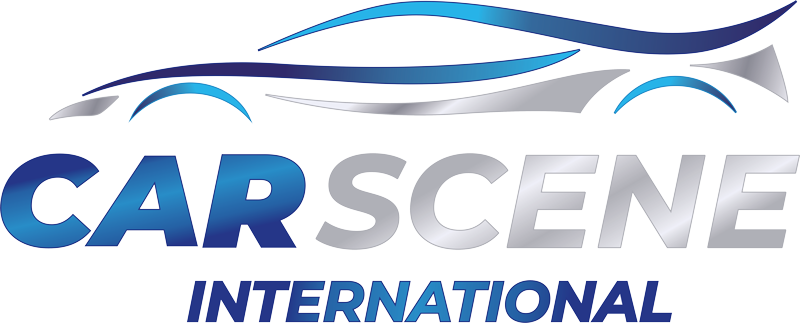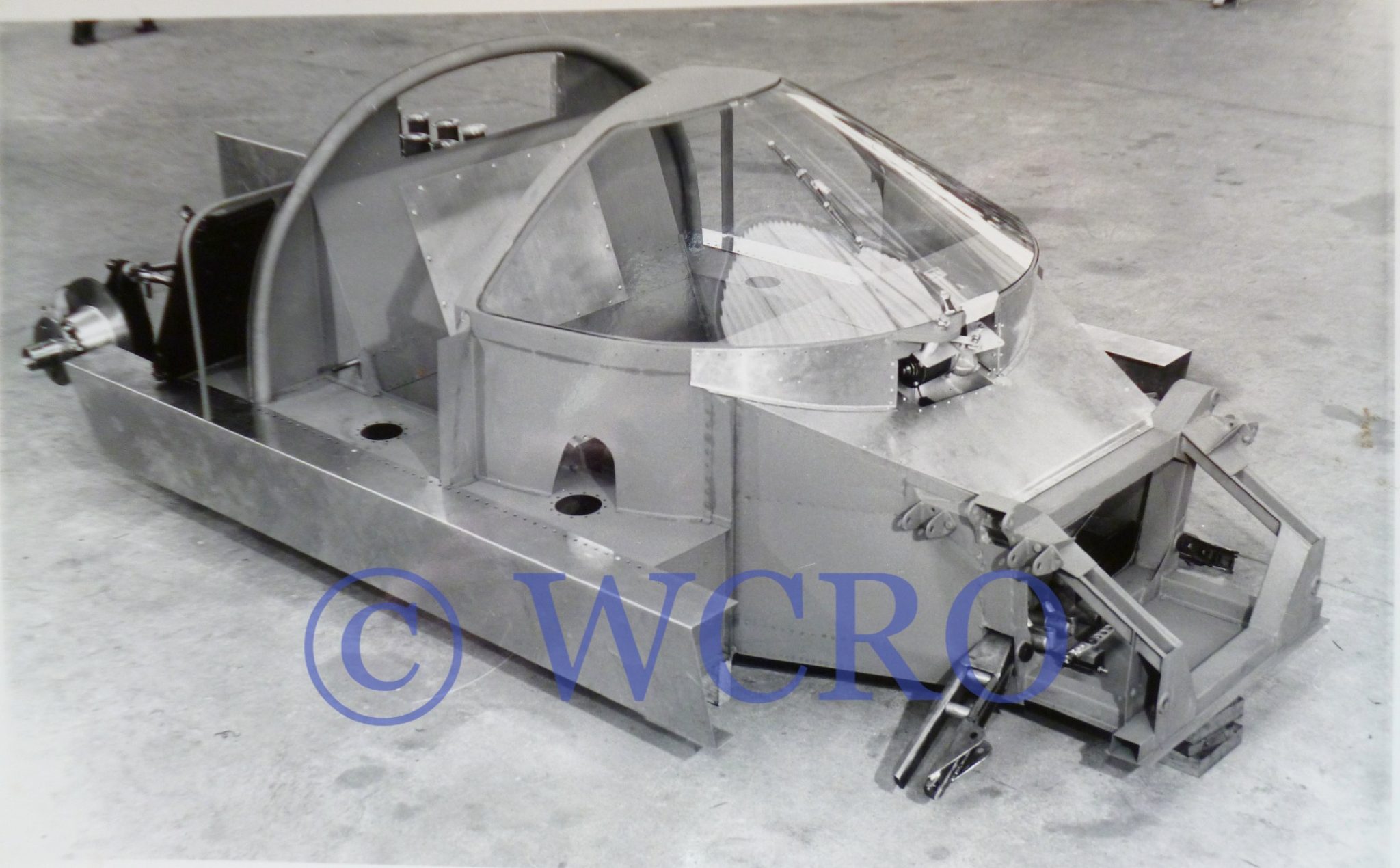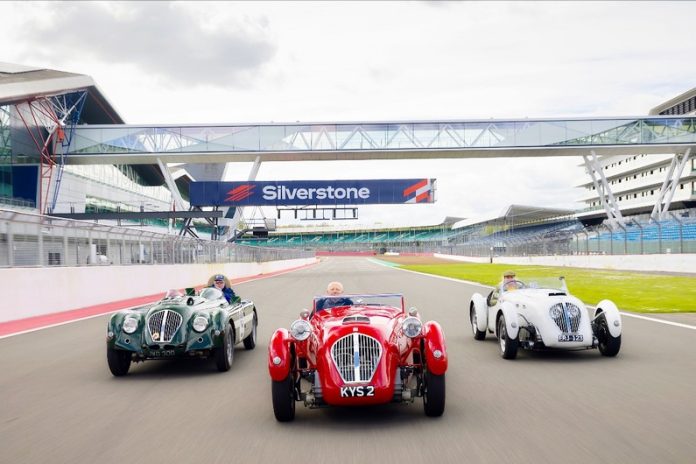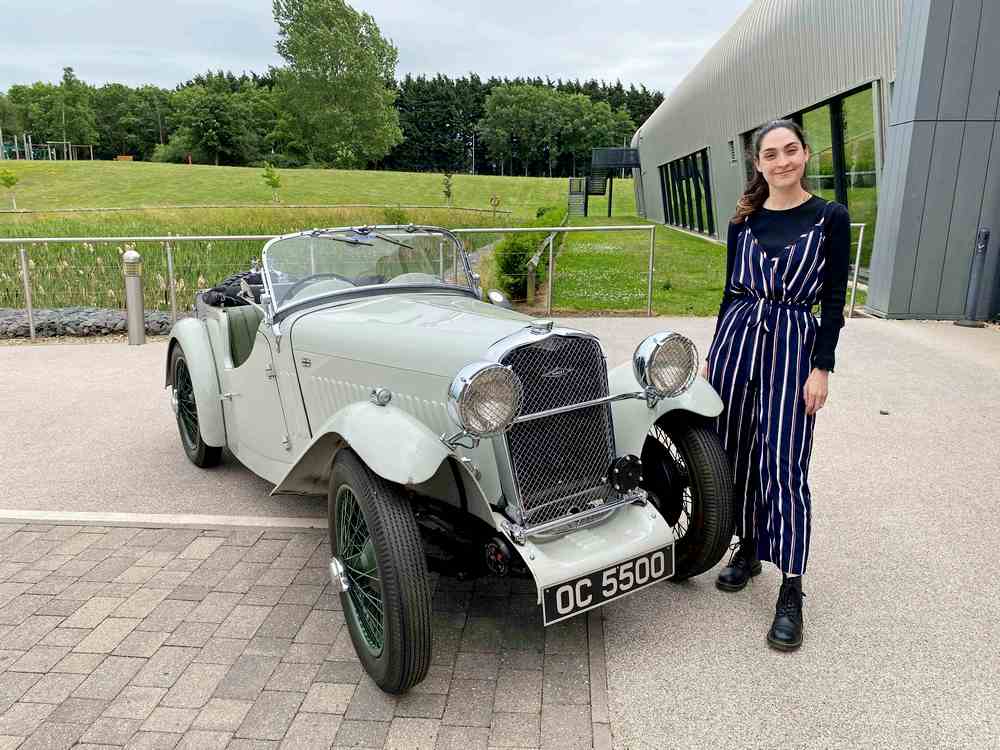
HEALEY AND OTHER FINE CARS NEWS BULLETIN
February 2019
| This is the second in the ‘oral history’ series of posts. As I mention in the first one, published last December, when the Warwickshire County Record Office bought the Healey Motor Company archive from Geoff Healey’s family, the staff’s first job was to start cataloguing the archive’s contents. Running a close second was embarking upon a programme of recording the memories of former DHMCo. employees and Healey enthusiasts. Transcripts of the interviews were made and are available on the “Warwickshire’s past unlocked” website. However, because they have to be “verbatim” they are not easy to read, neither are they accompanied by relavent photographs. It is for those reasons that I embarked upon “tidying” the transcripts, to make them more readable and at the sametime adding appropriate photos.
This “tidied” transcript is of the interview that was conducted with Paul Stanforth who was an apprentice at Healey’s Coten End factory in the late 1960s. This is what he said – My name is Paul Stanforth and I worked in the Experimental Department as an apprentice mechanic for Donald Healey Motor Company from 1966 through to 1968. At that time it was based at what had been the old cinema in Warwick. When I left school I went to the job centre to see what jobs were available. They interviewed me and offered me various jobs; this particular job with Healeys came up which obviously was of interest to me. I was interested in motor engineering and vehicles generally, also motor racing, so I went for an interview at Healeys and was offered the job. Probably the first time I saw an Healey car was on the first day I joined the company, working in the Experimental Department, as opposed to the normal garage, was something completely different. It was all completely new to me yes, I think they had recently moved from the Cape Works to the old cinema where they had built a brand new Experimental Department behind the existing cinema building. The work that they did in the Experimental Department, was treated as being quite secret. Not many people were allowed to go in there, we actually had to have a proper pass, or some other form of identification, to get in there. What they were doing there was so top secret. Interviewer “It’s interesting that having recruited you, you went straight into that section, so they were specifically looking for someone to work in that section presumably?” Absolutely, yes, I mean it was a surprise to me and it was a great opportunity, imagine the excitement of an eighteen-year old school leaver going into an environment like that. As an apprentice, I was basically in a learning role. You were put underneath somebody and in my case it was Mick Guest who was a qualified mechanic. You just shadow them, follow them around, they are teaching you all the various aspects of the job. Obviously, slightly different to a normal mechanic’s job because so much of it was experimental work i.e. doing ‘one-offs’. There was a day release at college where you learned the theory of what you were supposed to be doing. I was on a steep learning curve. Interviewer “Just to recap, you were just talking about working in the Experimental Department and the top-secret nature of the work and the fact that you worked with Roger Enever. I was just going to ask you about some of the other people that you worked with and your memories of them.” I was working with Mick Guest, who was the person I was sort of put underneath as an apprentice. So, a small team of people in the Experimental Department headed up by Jim Cashmore who was the Foreman, he ruled the department with an iron rod, most definitely. The main mechanic there would have been Clive Hendry and then Barry, I can’t remember Barry’s second name but he would have been also a qualified mechanic so, three main mechanics, with myself as an apprentice. Next door to us would have been the body shop where Bill Buckingham worked. He used to roll and beat out the aluminium bodies for the Prototypes, ably assisted by Terry Westwood. Terry Westwood was the guy that did all the welding. He was pretty hot on welding, particularly aluminium, I can picture him now welding the fuel tanks and similar items, a very skilled job. Then there was the paint shop where Mr. Broughton was in charge. I can’t remember his first name but I think his son was Edgar Broughton, the famous Edgar Broughton who was banned from Warwick many years ago (Edgar Broughton formed the eponymous ‘psychedelic’ Rock Group in 1968. The group became both famous and infamous, the latter because the style of music used to incite unruly behaviour among the band’s fans. Ed.). Mr. Broughton did some of the painting, but most of the painting was contracted out to my friend Jon Everard who went on to form JME Healeys which now occupies part of the old Healey factory at The Cape, Warwick. Geoff Healey would always be there, he’d be there most days. He’d come down to check the progress of whatever projects was going on. The Drawing Office ,which was situated right at the top of the old cinema, was where Barry Bilbie worked, I think he had an assistant there too. So, it was a smallish team. There were people who used to come across from MG, Abingdon, also Wally Hassan, the famous Jaguar engine designer would come through when we were working on the SR project. Yes, a small team based in Warwick. Interviewer “I guess you were visited by some of the drivers as well?” Yes, Clive Baker was quite a regular driver, he would come up, from Devon at those times. He would come up quite often. The main test driver, would have been John Harris and he was Coventry based so he would do most of the test driving but yes, the drivers would come periodically to check on what was going on. On a couple of occasions we were allowed to drive the cars to Silverstone. I have to say we weren’t allowed to drive them fast, it was a question of getting them over there as safely as possible. We were allowed to do that. The (contracted) drivers would then take over and test the cars at Silverstone. When I first started there the main focus would have been on Sprites. They were racing the Sprites mainly at Le Mans, Targa Florio in Italy, Sebring, Florida, U.S. and Nassau in the Bahamas. That’s where the main focus of the vehicles was for the first twelve months of my employment. Then along came the big project which was the Healey SR. Donald Healey, at the age of seventy, decides he wants to go and win Le Mans with a big GT car called SR which, I believe, was short for Sub Rosa (lit. “under the rose” meaning “in secrecy” Ed.) this was produced at Warwick. 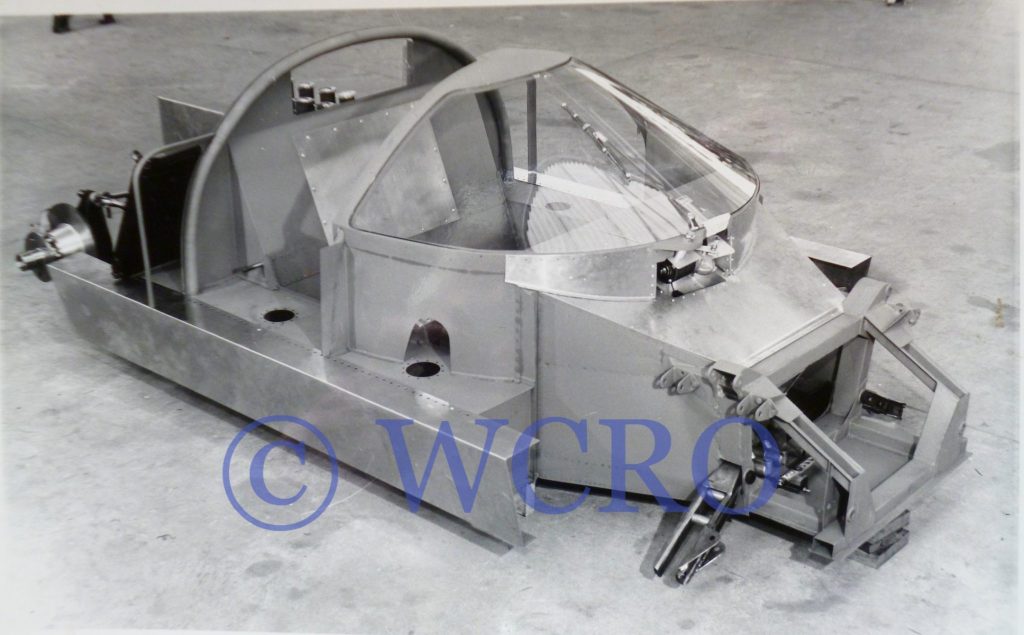 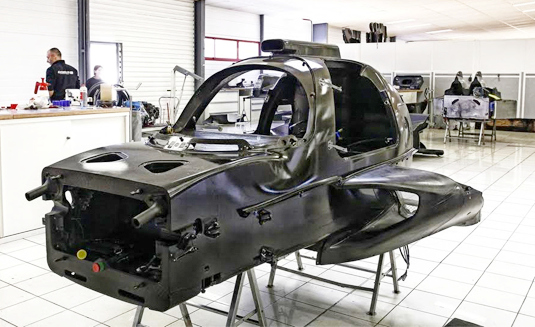  Interviewer “I believe that you were the youngest ever apprentice to appear on a Le Mans team as a mechanic?” Yes, quite a surprise and quite pleased to be picked. That was the 1968 Le Mans. We took two Sprites over there in the Sports Car category but then we took the SR which was in the big GT car class. [The interviewer asked Paul why he thought that he had been chosen to accompany the team to Le Mans?] Paul said (tongue in cheek) Probably just for being brilliant, but, no, [laughs], no, it was a surprise. Again, I was a young apprentice, more a tea boy than apprentice I guess, but I was a young guy. Obviously I must have been doing a reasonable job, they must have valued what I did, so therefore I was taken over there together with Clive Hendry and Mick Guest who were the two main mechanics. So, that was good. We transported the cars to Le Mans by road. Interviewer “Was there another team for the Sprites?” I’m just trying to think. There must have been more people there, I think there were one or two more but again, it was a very tight team. Working conditions in the Le Mans pits, was very different to what you see on the television now. The danger involved, that they don’t allow now with Health and Safety rules. You would be working on a car in the pits and you would be quite used to another car passing, at great speed, within inches of you. There was no barrier between the pit lane and where the mechanics were working, so if you happened to turn round at the wrong time or put your hand down, then it was curtains, literally. Interviewer “What specifically was your role in the team then, in that Le Mans event? What did you have to do?” Teaboy [laughs]. No, I mean, basically, helping out at whatever was necessary. At one point in time I was given the job of “carburant” which means re-fueller. I refuelled the SR car. In fact, there was one time which I was concerned about – In those days the refuelling systems were gravity fed, you would have a huge funnel into which you would pour the fuel; then there was an alligator clip that you would clip onto the car to stop any static electricity causing sparks igniting the fuel. Pouring the fuel like this often resulted in air locks which caused the fuel to blow back, sometimes you would find yourself covered in fuel, again, it couldn’t happen today. This did happen when I was fuelling the SR, there was an air lock and the fuel blew back, nevertheless, I managed to get the fuel in there, put the cap down and sealed it tight. The car went out and didn’t come back but I had a few apprehensive moments thinking that I hadn’t put enough fuel in it, the car has stopped round the other side of the track and I’m not going to be the most popular mechanic in the pits. As luck would have it the car did stop but it wasn’t anything to do with the fuel, I did put enough fuel in there but the clutch had failed after about four hours. Interviewer “How long before the event did you actually arrive at Le Mans?” Best part of a week before, certainly a few days if I recall. We were staying outside Le Mans in a small hotel in a small village, again, just a small team of us there. We had issues with the SR in so much as it wasn’t breathing properly, it had been o.k. in testing, but it didn’t seem to be breathing properly when we got to France. Whether it was the quality of the air, I don’t know, but they did try to alter the breathing by building a contraption made out of aluminium that sat above the down draft where the carburettors are. This was to try and draw air in over the screen, they built that overnight, so, the twenty-four hours before the race most of the mechanics would have been up during the night building and testing this set up. They then would wake a driver at three o’clock in the morning, he’d come out, get into the car, drive up the road at a hundred miles an hour to see if it was working, come back, “no, it’s not quite right”, he’d go back to bed, mechanics would continue to work, and then they’d wake him up two or three hours later. So, that went on most of the night before the twenty-four hours of the race itself. So, the mechanics were pretty well drained. I was only involved in a part of that, I have to say. But we were all pretty drained when the race starts, but adrenalin kicks in so you get on to the starting grid; that’s when the razzmatazz starts, that’s when the big circus starts and that’s when the adrenalin really kicks in. Most of this preparation work took place just outside the hotel. It wasn’t like today when you have motorhomes fully equipped right on the spot and your cars go drive straight into them. It’s like a mobile workshop. In our case it was a question of a toolkit that you had and you would lie down on the floor and do whatever you had to do, it was very very raw in those days. Very different. Interviewer “I imagine the whole area was just invaded by lots of teams all around, was it?” Not during the night it wasn’t, but certainly in the daytime, yes. You’d have the press photographers come round taking photographs. Castrol always produced a book of sporting achievements and their photographer would be there taking photographs. So, yes, it was quite a popular place to be and all the villages around the circuit (mostly public roads when not used for racing Ed.) would have had a similar type of thing, you know, we’d all be staying in small villages just outside Le Mans. Interviewer – “I believe this was when the drivers used to do the running start to the cars at Le Mans?” Yes, I think that the last one of those was in 1969. I was lucky enough to be there in 1968 when they still had what I call a proper Le Mans start, when the drivers stand across the track, then when the flag goes down they run over and jump into their car. They put the seatbelt on, start the engine and then they are away. I, at twenty, had the job of sitting on the starting grid with the big Healey SR car, warming it up. Imagine, at twenty, while sitting in SR’s cockpit with all this going on. All the crowd there, all the noise, all the cameras and you’re sitting there as a twenty year old just revving the throttle. Interviewer – “Were you nervous, or just excited?” I probably was but I can’t remember being nervous. But yes, I think I was nervous making sure I didn’t stall it, making sure I didn’t put it in the wrong gear, making sure I got out on time, I think that’s what I’d be nervous about. The car did get off to a pretty good start, yes, but a bad finish [laughs]. Apparently, the clutch went. There was a problem with the clutch after four hours, unfortunately. There was a story going around that before Le Mans a part was required for the SR’s Coventry Climax engine. The story ran like this – The Coventry Climax engine which basically was a derivative of the old Coventry Climax water pump engine/fire appliance; a very similar design to the engine that Jim Clark used in his early Grand Prix days with the Lotus 25. There was a part that was needed for the Healey SR that wasn’t readily available, there wasn’t time to make one so, according to the rumour at the time (which has now become folklore), there was a display case in Coventry Railway Station containing a Coventry Climax fire pump engine. The story says that someone was despatched from Healey in Warwick to remove the part from the display engine that was required for the SR, ready for its trip to Le Mans I can’t swear that’s true but that’s the folklore and it might well be true. Interviewer – “You can’t imagine that happening today, can you [laughs]. So, once the SR came out of the race then, you were required to help with the Sprites, is that right?” Yes, indeed. There were two Sprites running and I think certainly one of them finished as Class leader. Yes, you’d be there, looking after the cars, again refuelling and changing brake pads. In fact, if I think back, in those days to change brake pads you put on a pair of asbestos gloves; would that happen today? I ask myself. You had asbestos gloves because the brake pads would have been red hot. Just another example of the dangerous conditions we were working under. But we are still alive today, so, it couldn’t have been all bad. Interviewer – “Back at the Healey works, can you tell us about the working conditions there? Working conditions were brilliant. Bear in mind, this was a brand new building, they had moved up from the Cape and they put this brand new experimental building behind the cinema there so it was clean. You could eat your dinner off the floor, and sometimes did. Good conditions, the people were great, I mean the whole team was good. When I think back, it was a great time, it was an exciting time for me. Two and a half years being there and you still have very sharp memories of it, very enjoyable memories of it and good conditions all the way through. Interviewer – “So, once you’ve come back after Le Mans, what happens to the car? It’s brought back and then there is a debriefing? Yes. It would go through, what now you would call ‘diagnostics’, they would look at what went wrong, or what went right, etc. But the cars would be returned to Warwick for that work to be carried out. Then the Sprites would be prepared for the next race. Or, in certain cases, sold off to private individuals to race. Interviewer – “Then you moved on to another project, is that right?” Yes. There was another project that I worked on, a similar type to the SR. They were also looking to produce a Healey 4000, the big brother to the Healey 3000. They were doing that with a Rolls Royce four litre engine. I think BMC, at that moment in time, had a quantity of Rolls Royce four litre engines they wanted to find a home for, so they thought they’d produce a super-duper luxurious sports car. What that entailed was actually cutting a Healey 3000 chassis and body down the middle, and jigging it up and widening it by six inches before they put the new Rolls Royce engine in there. I was given the job purely and solely, and it’s only me that did it. It involved hand cutting an existing car right down the middle with a pad saw and hacksaw. It took me two whole weeks, every day for two weeks and in the end, we got there. That car still exists I believe, with a six-inch gusset running right the way through it. Interviewer – “And, again, I guess at the time that would have been pretty top-secret, wouldn’t it?” Yes, it was. Only four of those cars were made. I don’t think it was the success they hoped it was going to be. I think they were looking at something like the GT, MG GT that BMC also produced but it didn’t transpire. The first body was made in Warwick, that’s where they jigged it and Bill Buckingham would have actually extended it and Terry Westwood would have done the welding. The other three bodies were made at Jensen Motors, West Bromwich. Interviewer – “Did any of the cars that you were working on get driven around Warwick at all?” No, not really, no. Again, if they were taken anywhere they were normally put on the back of a lorry and taken for testing. The only ones that were driven around Warwick were the ones that Geoff Healey would use himself. The last project I worked on, which incidently I didn’t complete because I left Healeys before it was finished, was a Jensen Healey. I think then Jensen were looking at getting a car that was commercially viable, I guess similar to the MG. I’m not sure if they were racing the Jensen Healey’s or were intending to, but yes, I think it was a commercially viable vehicle that Jensen were interested in. They had been building various sorts of top-end C-V8s and Interceptors in those days, so I think they wanted something that had a broader appeal. Having broken away from BMC Healey were looking for a new partner and Jensen looked like a possibility. Interviewer – “With your experience with of all those cars, what did it actually feel like to drive them? As you’ve said, you’ve had some experience taking some of them to Silverstone “ Yes, and more experience than that, there was quite a few occasions when if Geoff Healey was going abroad to a race, for example, Sebring or Targa Florio, he’d asked me to drive him down to Heathrow early on a Sunday morning to get a flight. I’d be driving his car down there and dropping him off and driving it back again; in many cases, because it was a Sunday he said “well just bring it in on Monday”. So again, I had a prototype car sitting outside the house, probably worth more than the house was worth in those days. I had the use of those cars for a day and on one occasion I can remember doing an unprintably high speed on the Oxford Bypass. The first and the last [Laughs] time in my life that I have ever driven at that speed. Interviewer – “And being in the company of Geoff Healey, you were taking him to the airport, what was he like, what sort of character was he in your experience?” A very clever character. A bit like a nutty professor, if one looks at it logically. Sometimes he’d be quite effervescent and quite open and forthcoming. Most of the time, you looked at him and you could see him thinking, what he be going to do, what projects were coming up. He was a cerebral man basically, but a nice guy. A very nice guy to work for. Interviewer – “And then, obviously, you left the company but have you had any encounters with the cars subsequently or people you met there?” Not so much; just again, going back to Geoff Healey, I remember that I used to service Margot Healey’s cars which I believe were the (Austin/Morris Ed.)1300s. I remember Geoff would bring the car in if it needed servicing, he would then get me to service it and then drop it back to Barford. Then I’d bring his car in so that he had that to go home in, so that was another element of driving prototype or development Healey cars, he was always in different types of vehicle. Interviewer – “What was your favourite Healey?” Favourite Healey? the Austin Healey 3000, I still yearn to own a 3000 and maybe one day I will, although, the way that they are increasing in price they are becoming more difficult to purchase. There was a car that Geoff Healey used quite regularly which was an Austin Healey 3000 GT, I believe there was only ever one of those made and it was a bit like an MG GT. It had a fastback on it so it was hardtop fastback and that was painted in ice-blue, you know the classic ice-blue with red leather interior. He used that quite a lot which meant that I did also; it was quite often the car I would drive when returning back to Warwick after dropping Margot’s car at Barford after servicing. 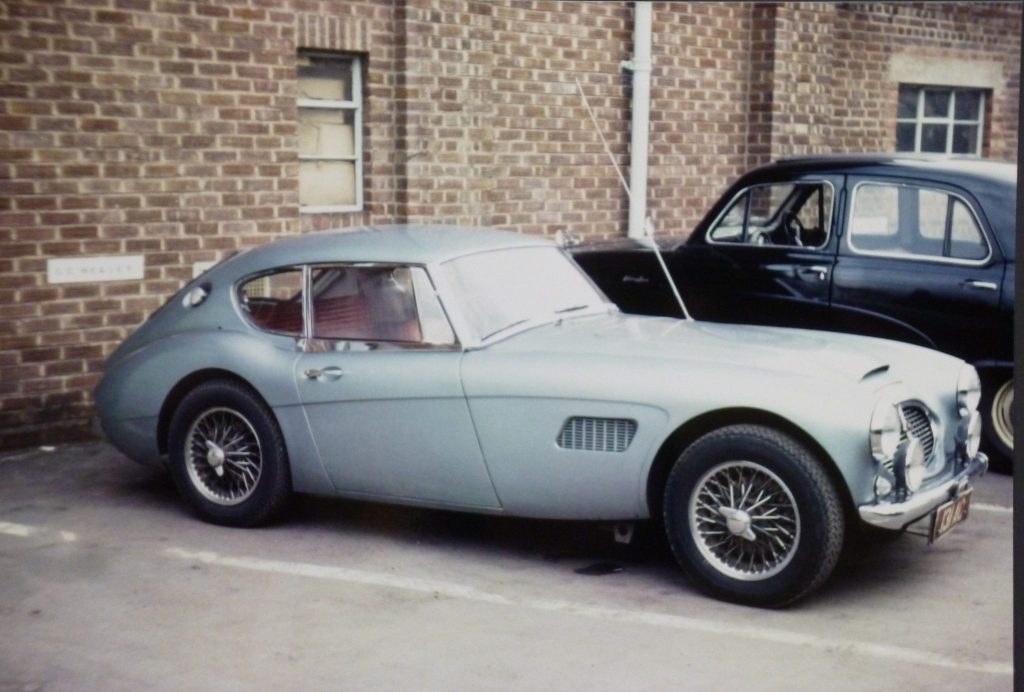 Interviewer – “So really, to sum up the cars then, it is such a famous marque and still so very popular to this day, what is it about the Healey marque that you think is so special?” I think if one looks at it logically, it’s what I would call a thoroughbred English Sports Car and I think we make the best thoroughbred sports cars in the world. I think that’s why they are so popular in America. I think the MG and the Healey marques were very popular there, probably because servicemen stationed over here took back with them, the early MGs and the early Healeys, MG TCs, TDs, TFs and MGAs and Healey Silverstones etc. It’s the elbows out of the window, big steering wheel, plenty of opposite lock, that’s a proper sports car. 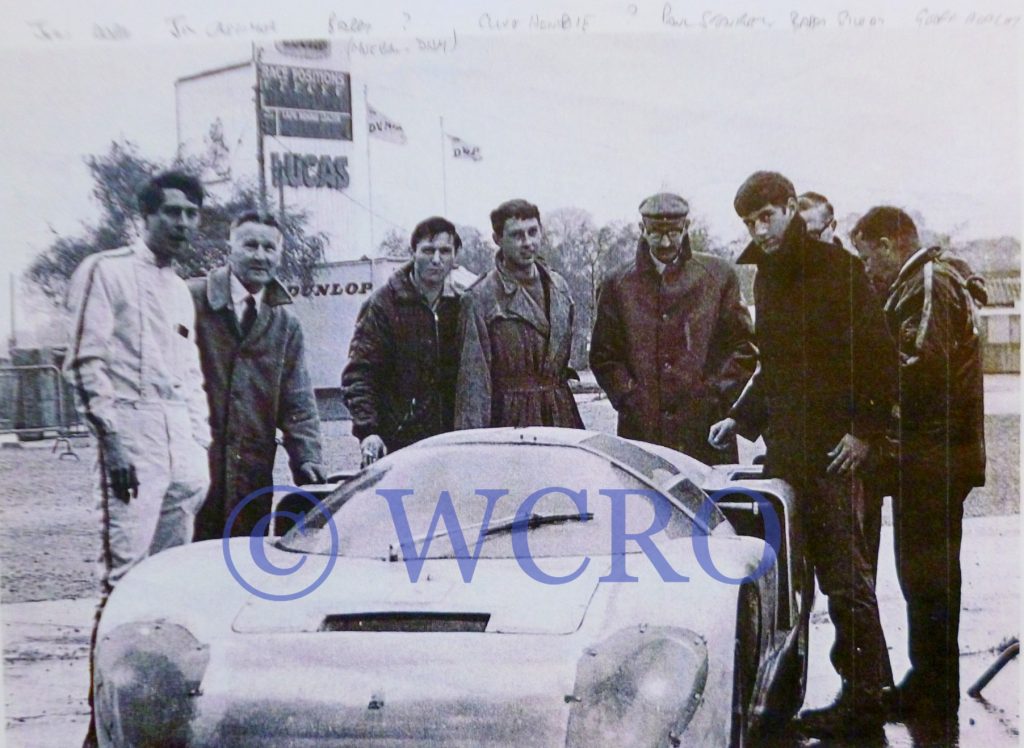 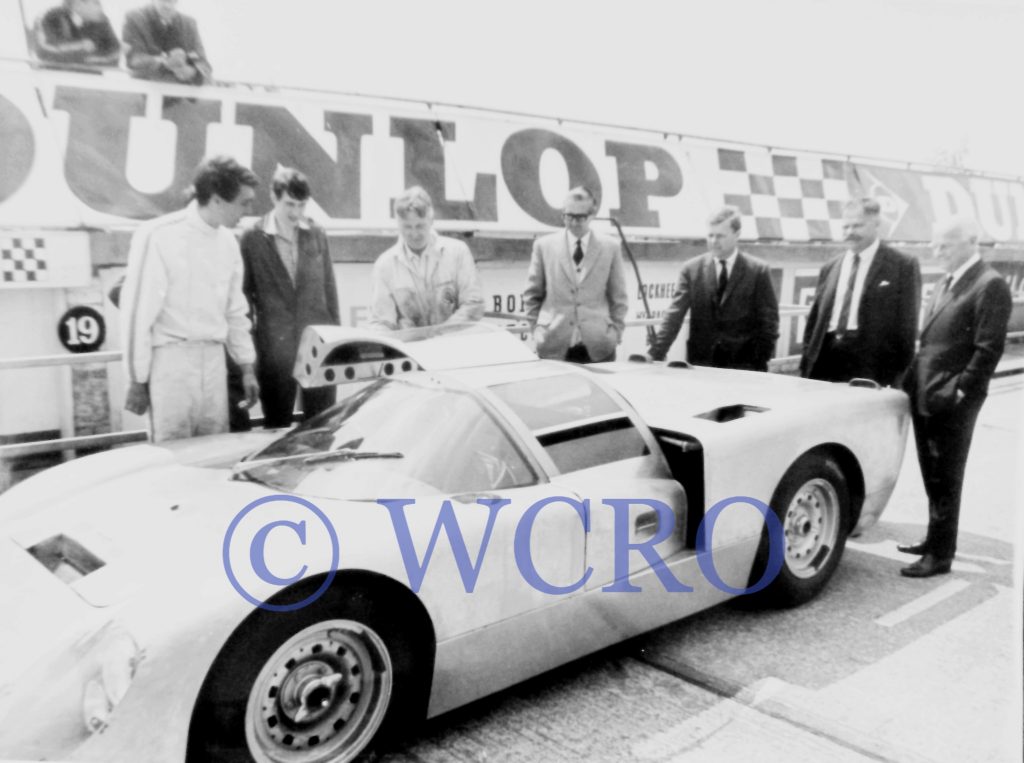 ** Photos denoted thus are held in the Healey Motor Company archive owned by the Warwickshire County Record Office. For guidance on ordering copies visit – Nick |
 carsceneinternational.com
carsceneinternational.com
